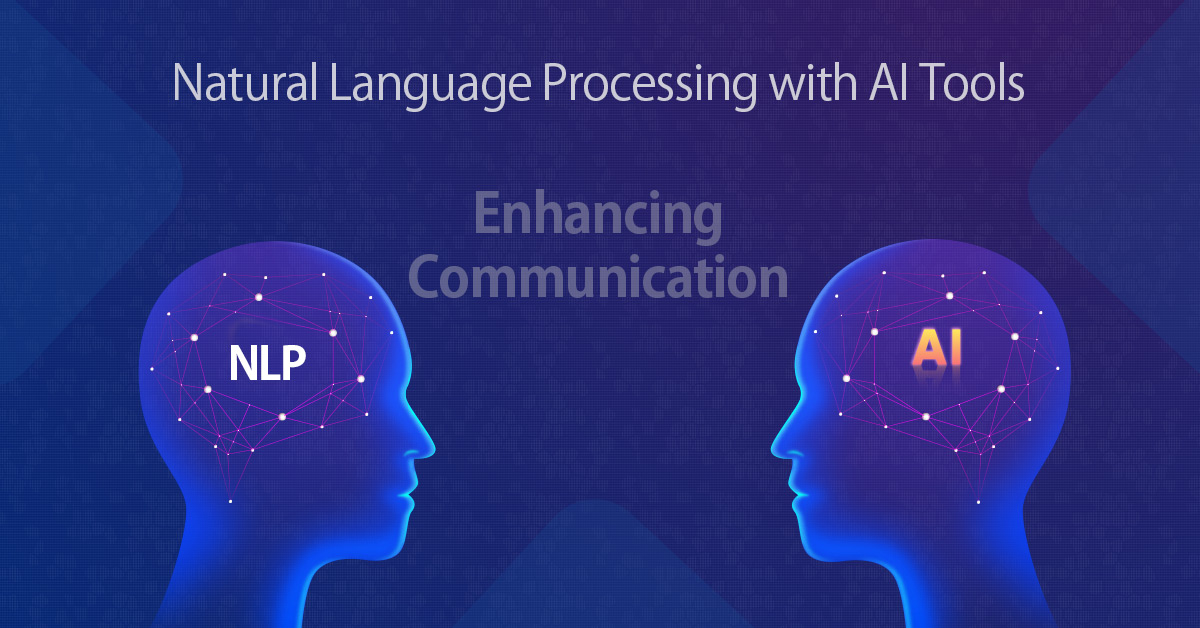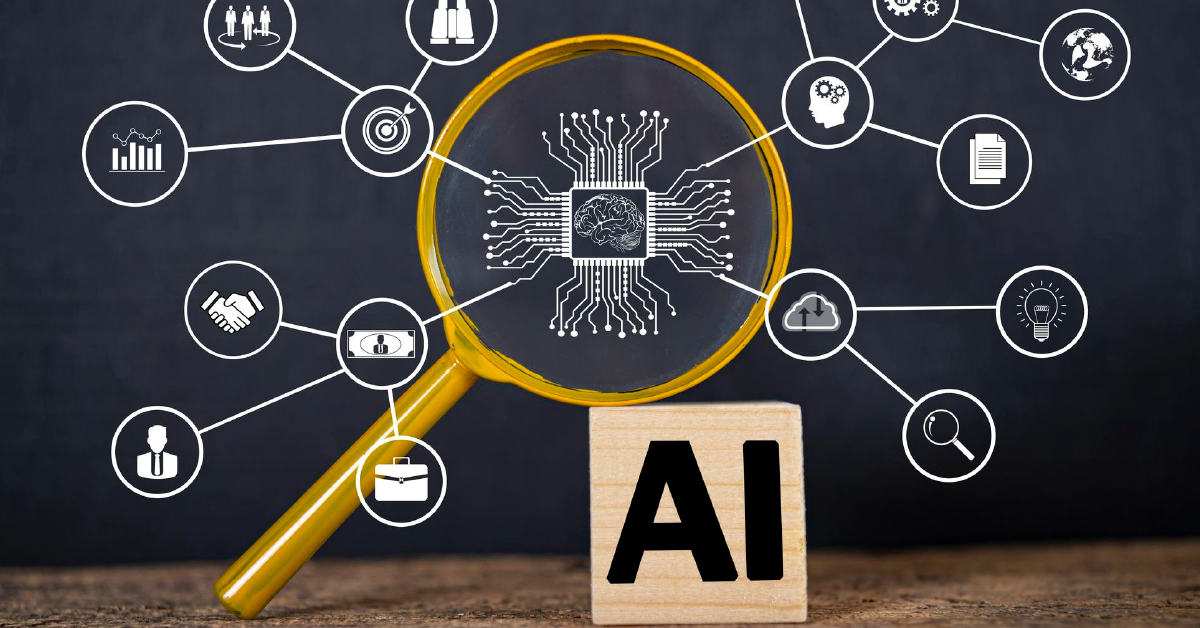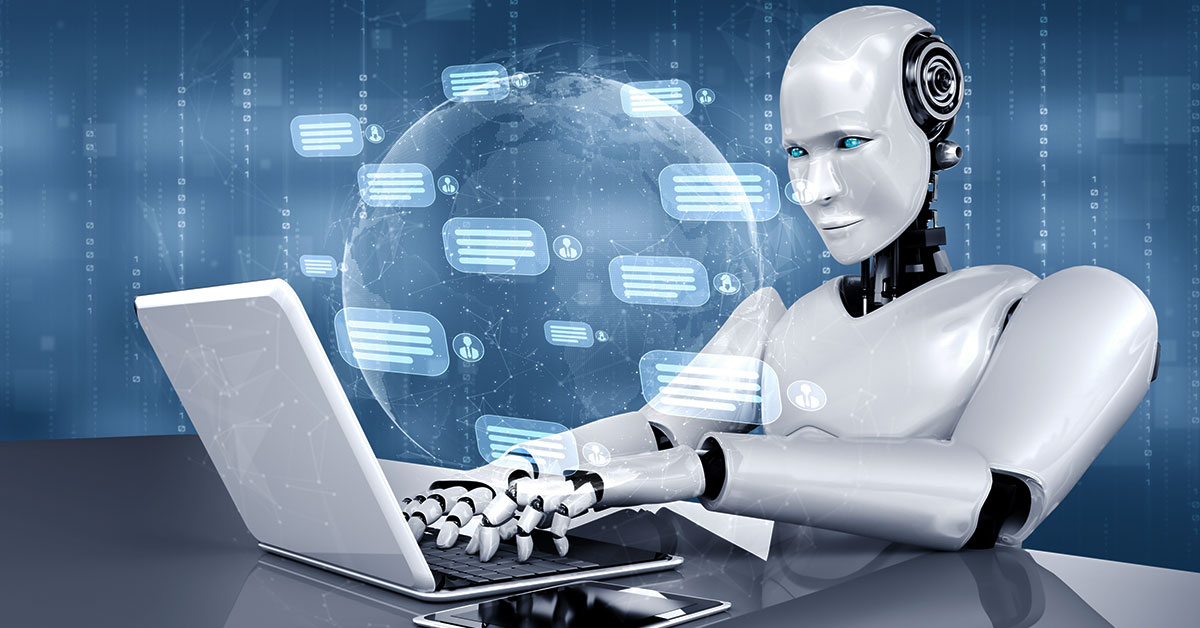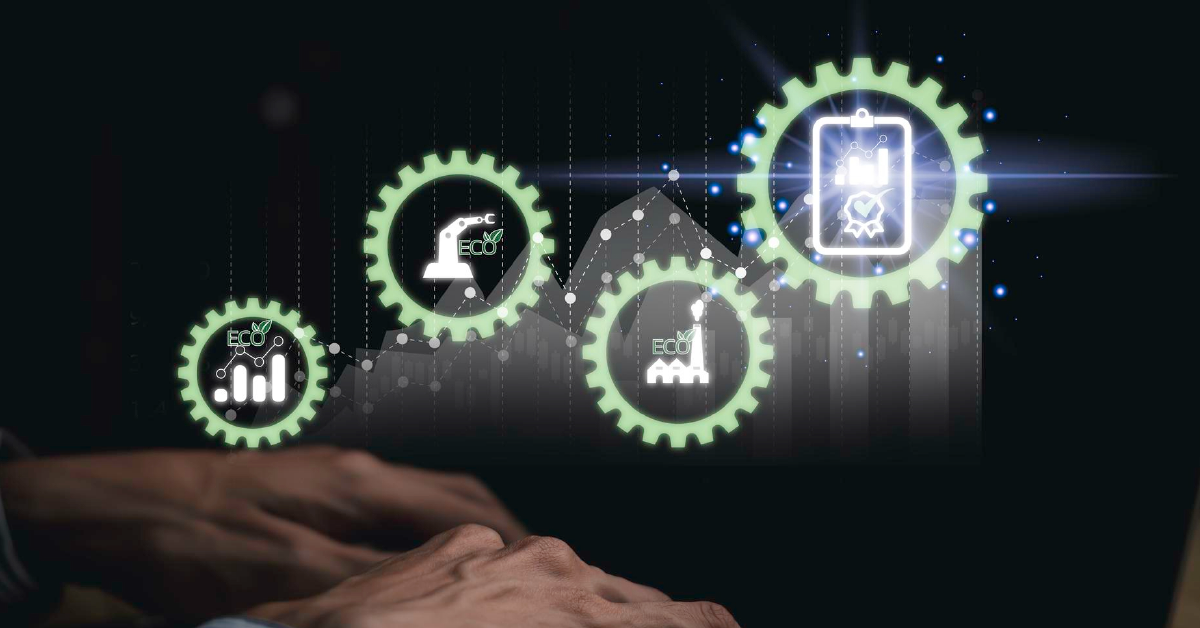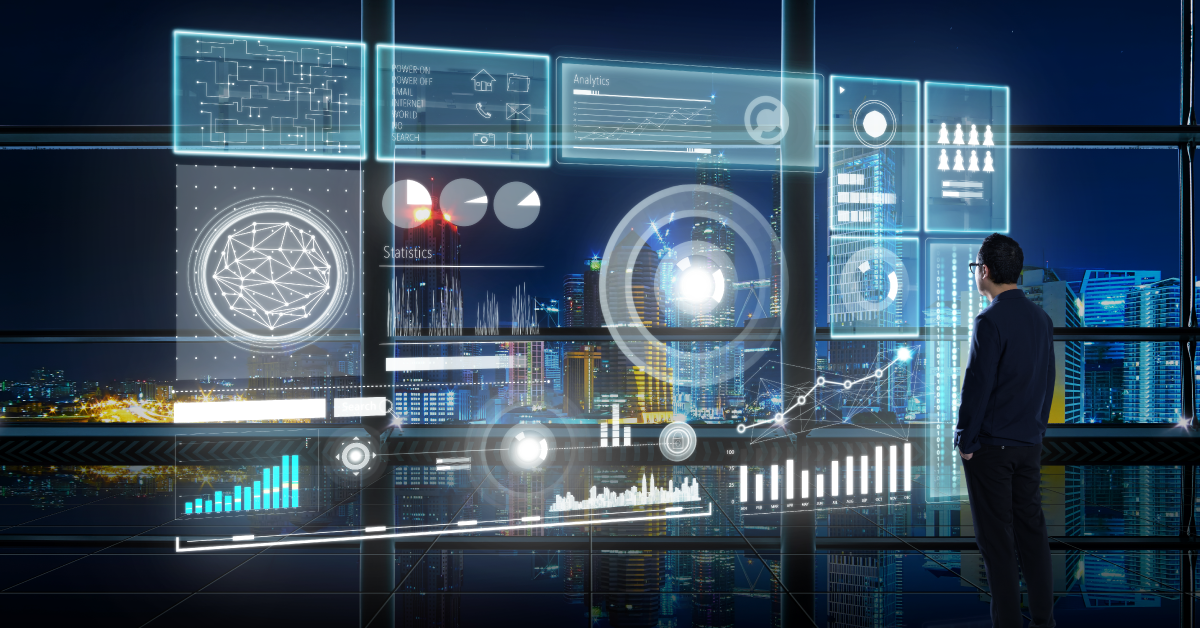AI And Robotics Advancements in Automation
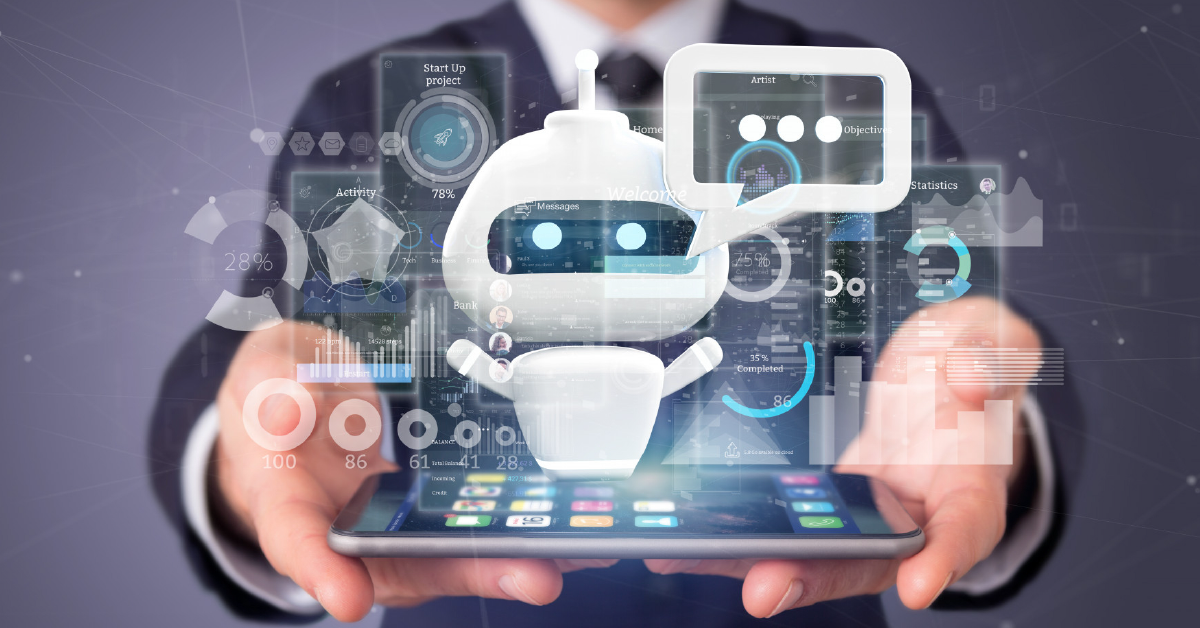
4 min read
Reading Time: 4 minutes
Automation has become an integral part of modern industries, revolutionizing the way businesses operate and increasing productivity and efficiency. Two key driving forces behind this transformation are Artificial Intelligence (AI) and Robotics. These technologies have evolved significantly in recent years, leading to groundbreaking advancements in robotics and automation across various sectors. In this blog, we will explore how AI and robotics are reshaping industries and discuss the implications of these advancements.
AI and Robotics: Understanding the Key Differences
Artificial Intelligence: AI is a broad field of computer science focused on creating intelligent systems that can simulate human intelligence. It encompasses various techniques and technologies like machine learning, natural language processing, and computer vision.
Robotics: Robotics is a specialized branch of engineering and technology that deals with designing, building, and operating physical machines (robots) to perform tasks autonomously or semi-autonomously. AI can be added to robots to improve their capabilities.
Streamlining Automation: The Role of AI and Robotics in
The process of comprehending robotics and AI might be difficult and complex, but it can also be a thrilling chance to investigate advanced technology. The fields of robotics and artificial intelligence are developing quickly, with new developments occurring daily as these technologies offer a glimpse into the future of automation and human-computer interaction.
Understanding robotics and AI may be challenging and complex, but it can also be an exciting opportunity to research innovative technology. Robotics and artificial intelligence are sectors that are growing swiftly, with new advancements in robotics and automation happening every day as these technologies provide a glimpse into automation and human-computer interaction in the future.
Why Do We Need AI and Robot Technologies?
We need AI and robotics for their transformative potential in enhancing efficiency, precision, and productivity across various industries. These technologies can tackle repetitive tasks, work in hazardous environments, and handle complex data analysis, reducing human errors and risks. AI and robotics have the potential to address labor shortages in certain sectors and unlock new possibilities in healthcare, manufacturing, logistics, and more. Ultimately, their integration into automation leads to improved quality of life, increased innovation, and economic growth.
The Recent AI Advancements in robotics and automation
Robotics and AI developments have the potential to modernize a number of industries by improving productivity, lowering errors, and streamlining processes. They also bring up significant ethical and societal issues, such as the effect on employment and the requirement for strong laws and safety precautions as automation grows more pervasive. Here are some notable advancements in robotics and automation.
-
Deep Learning and Neural Networks
Deep learning techniques, such as convolutional neural networks (CNNs) and recurrent neural networks (RNNs), have improved automation by enabling machines to process and understand vast amounts of data. This has applications in image and speech recognition, as well as natural language processing.
-
Computer Vision
Computer vision algorithms have become more accurate and efficient, enabling robots to perceive and interact with their environment more effectively. This is crucial in industries like manufacturing, where robots can identify and manipulate objects with precision.
-
Natural Language Processing (NLP)
Advances in NLP have led to improved human-robot interactions. Chatbots and virtual assistants are now capable of understanding and responding to natural language queries, making customer support and information retrieval more efficient.
-
Reinforcement Learning
Reinforcement learning has allowed robots to learn tasks through trial and error. Robots can now autonomously adapt to new environments and optimize their actions, making them more versatile in complex settings like logistics and autonomous vehicles.
-
Robotics Process Automation (RPA)
RPA is being increasingly used to automate repetitive, rule-based tasks in business processes. Bots can perform data entry, data extraction, and other routine tasks, freeing up human workers for more creative and strategic work.
-
Autonomous Vehicles
The development of self-driving cars and trucks is a prominent example of AI and robotics in automation. These vehicles use advanced sensors, machine learning algorithms, and real-time data to navigate and make driving safer and more efficient.
-
Industry 4.0 and Smart Manufacturing
AI-powered robots and automation systems are integral to the concept of Industry 4.0. Smart factories use IoT sensors, AI analytics, and robotics to optimize manufacturing processes, reduce downtime, and improve quality control.
-
Healthcare Robotics
Robots are increasingly assisting in healthcare settings, from robotic surgical systems to autonomous patient care robots. These systems improve precision and efficiency in medical procedures and patient care.
-
Agricultural Automation
AI-driven robots and drones are being used in agriculture for tasks like planting, harvesting, and monitoring crops. This helps optimize resource use and increase crop yields.
-
Warehouse and Logistics Automation
E-commerce companies and logistics providers are using robots and AI for warehouse automation. This includes autonomous drones and robots that pick, pack, and ship products, making supply chains more efficient.
The Future of Robotics and AI: Trends in Automation
The future of robotics and AI promises continued growth and transformation in automation. Key trends include the proliferation of autonomous vehicles, the expansion of industrial automation, AI-powered healthcare advancements, agricultural automation for increased food production, retail automation for improved shopping experiences, artificial intelligence (AI) applications in finance, and a growing focus on AI ethics and regulation to ensure responsible development and deployment of these technologies. These trends hold the potential to reshape industries and enhance various aspects of our lives.
Robotics will enhance productivity and economic growth while giving many people throughout the world new work options. However, there are still cautious about significant job losses, such as predictions of 20 million manufacturing job losses by 2030 or the possibility of 30% of all employment being automated by that year.
Conclusion
Using industrial-grade robots and artificial intelligence, robotics has mechanized a number of industries. Future industries have undergone a shift thanks to advancements in robotics and automation, which have automated laborious, resource-intensive, and complex tasks and transferred them to machines that can operate continuously and accurately.
The manufacturing, healthcare, and aerospace industries are all using intelligent robots. They receive training in machine learning to carry out jobs including building cars, powering self-driving vehicles, quality control, and providing medical help. These robots can be used in hazardous environments and complete tasks faster and more accurately than people.
Published: September 27th, 2023

